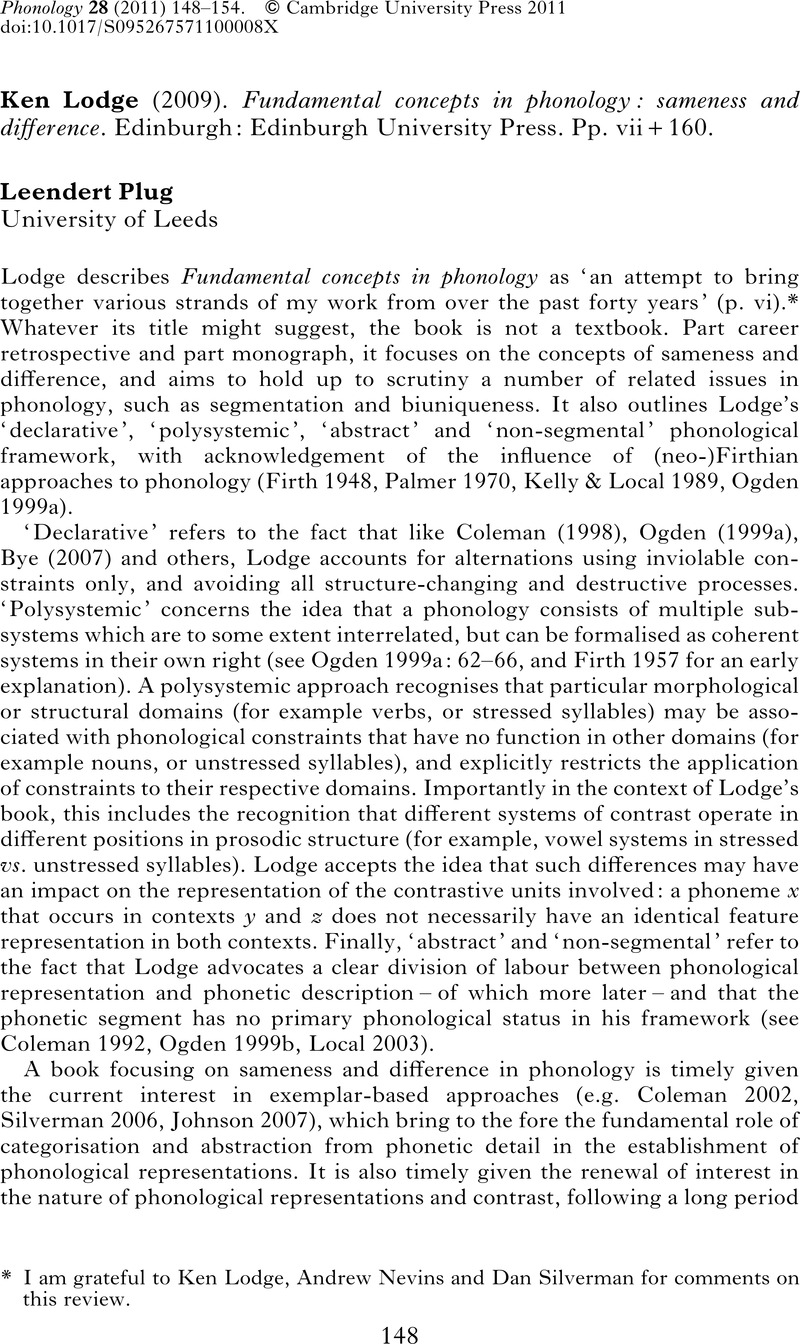Crossref Citations
This article has been cited by the following publications. This list is generated based on data provided by Crossref.
Hassan, Rosa Salah
2023.
English Consonant Clusters Difficulties for EFL Iraqi Learners.
Journal of Language and Linguistics in Society,
p.
23.
Ajayi, Ajiwoju Johnson
2023.
A Linguistic Stylistic Analysis of Political Commentaries on Ondo 2020 Gubernatorial Election on Online Newspapers.
International Journal of Literature, Language and Linguistics,
Vol. 6,
Issue. 3,
p.
28.



